Vietnamese vegetables include both indigenous species and those introduced from abroad. This blend of origins contributes to various vegetable types, including leafy greens, herbs, root vegetables, squashes, and fruit vegetables.
Their taste can range from the mild and subtly sweet to the intensely aromatic and sometimes bitter. Vietnamese vegetables are used in many ways: fresh in salads, as wraps, cooked in soups and stews, or pickled as a side dish.
Growing and selling vegetables play a crucial role in the rural economy, with many families engaged in agriculture.
This read will give you a collection of the most famous Vietnamese vegetables. Then, I will provide you with the general characteristics of Vietnamese vegetables in different parts of the country – the North, Central, and South.
Plus, I’ll share some tasty Vietnamese dishes and drinks that showcase these vegetables. And, of course, I’ll highlight the veggies that Vietnam is famous for.
Ready? Let’s get started.
50 Most Popular Vietnamese Vegetables with Filters
Here’s a list of the top 50 vegetables in Vietnam, organized by how popular they are. You can filter this list to find which veggies are local, from other countries, considered exotic, fruit and vegetable hybrid, or selected for specific uses like in dishes, drinks, or decoration.
Water Spinach
- For Dishes
- For Garnish
- Native
If there’s a title for the “national vegetable” of Vietnam, water spinach or morning glory (rau muống in Vietnamese) is undoubtedly one of the best contenders.
Vietnam has two types of water spinach: white, usually grown on land, and purple, known as rau muống đồng, often found in or cultivated in water.
Boiling is the simplest method for cooking water spinach, often served with dipping sauces such as fish sauce, soy sauce, fermented bean curd, shrimp paste, etc. Apart from boiling, other popular dishes include stir-fried water spinach with garlic.
Bamboo Shoot
- For Dishes
- Native
Bamboo shoots are a versatile ingredient in Vietnamese cuisine, frequently featured in traditional dishes.
Known for their crunchy texture and subtly sweet flavor, these shoots enhance soups, stir-fries, and salads. Another plus is their ability to absorb the flavors of the ingredients they’re cooked with.
Rich in nutrients and low in calories, bamboo shoots, this seasonal veggie is a sought-after delicacy.
Bean Sprout
- For Dishes
- For Garnish
- Native
Bean sprouts, or giá đỗ as they are known in Vietnam, are the young, tender shoots that emerge from germinating beans.
They have a crunchy texture and a mild, slightly nutty flavor. Gia Do is a common sight in Vietnamese cuisine, and you’ll find it used in various ways throughout the country, from salads and stir-fries to soups.
They play a vital role in dishes like phở (Vietnamese noodle soup) and bún bò Huế (spicy beef noodle soup), contrasting texture and enhancing the overall taste.
Mustard Green
- For Dishes
- Native
Mustard green, aka cải bẹ xanh, has large or small stems and deep or bright green leaves. The leaves and stems have a spicy, slightly bitter taste, which makes them a popular choice for soups or pickling (as dưa chua in Vietnamese).
Mustard green is also packed with nutrients that benefit your health. According to Vietnamese traditional medicine, Cai Be Xanh has a warming effect and can help reduce cold symptoms, promote healthy digestion, and improve overall well-being.
The seeds of this plant, with their spicy, warm, and non-toxic properties, can treat various ailments such as colds, coughs, asthma, sore throat, numbness, and skin infections.
Malabar Spinach
- Exotic
- For Dishes
- Native
Malabar spinach, or Ceylon spinach, or mồng tơi in Vietnamese, originates in Asia and Africa and thrives in tropical climates. For this reason, this vegetable is grown across Vietnam and is particularly popular in the Southern regions where the weather is hot almost all year round.
The veggie is a twining vine adorned with heart-shaped leaves and tender stems. The green leaves taste mildly sweet and have a unique mucilaginous texture. The Vietnamese use it to cook iconic dishes like stir-fried or Malabar spinach soup.
Interestingly, a well-known Vietnamese proverb, “Ngheo rot (nhot) mong toi” (So poor that you only have Malabar spinach), highlights the simplicity and accessibility of this leafy green.
Bitter Melon
- For Dishes
- Fruit Vegetables
- Native
Bitter melon or bitter gourd (called mướp đắng in Northern and khổ qua in Southern Vietnam) is a tropical and subtropical vine. Wrinkled, warty, and oblong – that’s bitter melon for you. As you may have guessed from the name, the taste is quite bitter.
In Vietnam, bitter melon is valued not only for its flavor but as a symbol of overcoming life’s challenges, hence its name “khổ qua,” meaning “hardship has passed.”
It features in dishes like bitter melon soup, especially during Tet, and stir-fried with eggs. Beyond its culinary uses, it’s also known for health benefits with high levels of vitamins and minerals. Bitter melon is also considered cooling, ideal for hot climates.
Cabbage
- For Dishes
- Non Native
Cabbage, or bắp cải, is a well-loved vegetable in many parts of the world, including Vietnam. It has an intriguing history tracing its origin back to the Mediterranean and Atlantic regions of Europe.
In the highlands of Vietnam, I explored markets filled with fresh cabbages. Locals meticulously choose each cabbage, a round, green, slightly waxy vegetable known for its mild, sweet flavor and crunchy texture.
Cabbage has an excellent flavor-absorbing quality, essential for dishes like cabbage salad and stuffed cabbage rolls.
Bok Choy
- For Dishes
- Non Native
Bok choy, or cải thìa, is a popular leafy green with a mild sweetness, crunchy stalks, and nutritious leaves. Though it originates from China, it’s also widely eaten in Vietnamese cooking.
It’s often stir-fried, steamed, or added to soups, blending seamlessly with traditional Vietnamese flavors.
Rich in vitamins A, C, and K, bok choy is a healthy addition to any meal
Lettuce
- For Dishes
- For Garnish
- Non Native
Lettuce or xà lách is an annual plant belonging to the Asteraceae family. It’s a staple in salads and various Vietnamese dishes, adding a delightful crunch and vibrant green color to the plate.
In this country, lettuce is grown in various regions, but it’s particularly abundant in the highlands of Da Lat, where the cool climate provides ideal growing conditions.
In local cooking, lettuce is often used in dishes like gỏi cuốn (fresh spring rolls), bánh xèo (crispy sizzling pancakes), and bún chả (grilled pork and noodle) recipes.
Cucumber
- For Dishes
- For Garnish
- Native
Cucumber, known as dưa leo or dưa chuột, is an extremely versatile ingredient in Vietnamese delights, from the several types of gỏi (Vietnamese-style salads) and a variety of refreshing pickles.
They are typically elongated with dark green skin, but some cucumber varieties are lighter-skinned. Their taste is crisp and mildly sweet.
The cucumber’s cooling nature is another beloved characteristic, balancing the heat from spicy elements in many dishes.
Beetroot
- For Beverages
- For Dishes
- Non Native
With a rough, blackish outer skin that conceals its colorful, deep red flesh, beetroot (củ dền) is truly a gem in Vietnamese cooking.
Beetroot is often used to make vegan treats, salads, soups, and pickles, but one of its most popular uses is juicing. The juice from this vegetable boasts numerous health benefits, such as promoting heart health, aiding digestion, and providing a rich source of antioxidants.
However, it’s important to note when incorporating beetroot into your meals. For example, mixing beetroot juice with milk for young children may seem nutritious, but it can be quite dangerous.
Crown Daisy
- Exotic
- For Dishes
- Non Native
Walking around in a Vietnamese market, one leafy green that could grab your attention is crown daisy (cải cúc or tần ô). This charming vegetable originates from the Mediterranean region but has carved a niche for itself in Vietnamese cuisine.
It showcases beautiful serrated leaves with a brilliant green color and a slightly bitter taste. It flourishes in various parts of Vietnam, especially in the northern and central regions.
Crown daisy is often added to soups, hotpots, and stir-fries, increasing a perfect crunch.
Celery
- For Beverages
- For Dishes
- Non Native
Celery (cần tây) is a winter and early spring vegetable mainly cultivated in the highlands of Vietnam. It has long, slender stalks and bright green leaves. Locals especially love this crisp, aromatic, and a little bitter veggie.
The most common use for celery in Vietnamese cooking is for making stir-fries and salads. Some also eat this raw celery or juice to get the most out of its health benefits. This vegetable is rich in vitamins, potassium, and antioxidants, which are good for your heart health and aid digestion.
Water Celery
- For Dishes
- For Garnish
- Native
Water celery is a fascinating vegetable originating in East and Southeast Asia, popularly eaten in Vietnam. It has slender, hollow stems and feathery, bright green leaves that make it easily recognizable.
The local cuisine values water celery for its crunchy texture and peppery flavor. It’s a favorite component in tangy salads with meat or seafood.
In Vietnam, this aquatic plant is known by various names, such as cần ta, and cần nước, depending on the region. Water celery is predominantly grown in the wetlands, riverbanks, and flooded fields of Vietnam.
Watercress
- For Dishes
- Native
In Vietnam, watercress (xà lách xoong) is a vibrant green aquatic plant, prized for its small, round leaves, delicate white flowers, and unique, peppery, and slightly bitter flavor.
The Vietnamese people appreciate watercress for its versatility and distinctive taste. It’s often found in various dishes, from salads and stir-fries to soups.
Unfortunately, xà lách xoong doesn’t lend itself well to drying and has a pretty short shelf life.
e of vitamins, minerals, and antioxidants makes it a healthful addition to various meals.
Dill
- For Dishes
- Native
Dill, known locally as “thì là” or “rau thì là,” is an essential herb in Northern Vietnamese cuisine, especially in fish-based dishes like chả cá Lã Vọng. The refreshing tanginess it brings can tame even the fishiest flavors, making dishes mouthwatering.
Dill’s versatility also extends to soups, salads, and pickled vegetables, enhancing dishes with its slightly sweet and citrusy undertones from its feathery leaves.
Beyond culinary uses, dill offers health benefits, including vitamin C and potential cancer-preventing antioxidants.
Sweet Potato Leaves
- For Dishes
- Native
The leaves of sweet potato (rau lang) are a nutritious yet often overlooked part of this plant. In Vietnam, this is not the case. These vivid green, heart-shaped leaves have a unique earthy and slightly sweet taste that the locals genuinely enjoy.
You’ll see the Vietnamese use these leaves in various delicious dishes, ideally salad and soup, or simply boil it to eat with other dishes.
Rau lang is versatile in cooking and boasts numerous health benefits, including aiding digestion and supporting a strong immune system. As a result, Vietnamese nutritionists sometimes call it “the longevity vegetable” or “the queen of fighting cancer.”
Kale
- For Beverages
- For Dishes
- Non Native
Tracing its roots back to Europe and Asia Minor, kale (or cải xoăn) has journeyed far and wide before settling in the fertile lands of Vietnam.
Interestingly, the global health movement has led to kale’s growing reputation as a “superfood” in Vietnam, sparking increased interest in incorporating it into traditional dishes and exploring new ways to enjoy its nutritional benefits.
Whether it’s sautéed with garlic, tossed into soups, or mixed into salads, kale offers any dish a delectable flavor and a pop of color.
Chayote
- Exotic
- For Dishes
- Non Native
Chayote, known locally as su su, originates from Central America but has seamlessly integrated into Vietnamese cuisine. It primarily thrives in the country’s cooler highlands, particularly in the northern and central parts.
Hidden under a distinctive green gourd characterized by a wrinkled, pear-like shape are a somewhat sweet flavor and moderately crunchy texture.
Furthermore, the young leaves and chayote shoots can be consumed as leafy greens, while the tuberous roots can be used as starchy vegetables.
Carrot
- For Dishes
- For Garnish
- Non Native
Besides leafy veggies, the Vietnamese have also found delicious ways to use root vegetables. Among the many choices, carrot (cà rốt) is one of the most well-loved.
While there are wide varieties of carrots, the reddish-orange version, which has a sweet, earthy taste and slightly crunchy texture, is the easiest to find in Vietnam. People often eat it raw, cooked, or even pickled together with white radish to make Vietnamese pickles.
Carrots are also revered for their great health benefits; as the Vietnamese say, they’re good for your eyesight. This statement is true, as these root veggies have a remarkable vitamin A content.
White Radish
- For Beverages
- For Dishes
- Non Native
The white radish has a certain unassuming charm (củ cải trắng) with its smooth white exterior and crisp, juicy flesh within.
White radish is an important food that is used as a base for Vietnamese soup, pickles, salads, and stews.
When cooked, củ cải trắng softens yet retains a hint of its crunch. It adds a gentle, almost comforting sweetness to the broth.
Known as the “winter ginseng,” white radish offers various health benefits, such as cancer prevention and enhancement of the immune system.
Lotus Root
- For Dishes
- Native
Lotus root, scientifically known as Nelumbo nucifera, has a unique appearance characterized by its tubular shape, creamy white flesh, and pattern of holes when sliced.
Its slightly sweet and crunchy texture adds a pleasant touch to many dishes. Famous examples include refreshing salads, comforting soups, and even sweet dessert soups.
However, be mindful that lotus root is predominantly starch (about 70%), so those with diabetic issues should consume it cautiously. Also, ensure thorough preparation, as the muddy environment where it grows might include parasites.
Potato
- For Dishes
- Non Native
Originating from the Americas, potatoes (khoai tây) have adapted well to Vietnam’s diverse climate, with cultivation primarily focused in three regions: the Red River Delta, the Northern mountainous areas, and Lam Dong province.
There are various ways to cook it: boiled, fried, mashed, etc. With a mild flavor and a satisfying texture, potatoes complement several Vietnamese dishes, from fries to soups.
Cooking potatoes before eating is recommended due to the harmful solanine in raw ones. Cooking reduces solanine, making them safer and tastier.
Sweet Potato
- For Dishes
- Native
In Vietnam, sweet potatoes (khoai lang) stand out for their variety and sweet, moist texture when cooked.
Their skin varies in color, from purple to brown, while their flesh can be white, yellow, orange, or even purple. For example, khoai lang mật, or honey sweet potato, is particularly noted for its bright orange, sugary flesh.
They are essential in dishes like grilled sweet potatoes and sweet potato dessert soup. Boiling is a preferred cooking method to highlight their natural sweetness and flavor.
Taro
- For Dishes
- Native
Taro (khoai môn) is a fascinating root vegetable from Southeast Asia, especially popular in Vietnam. It has a mildly sweet, starchy flavor. Its exterior is rough and brown, while the interior reveals a creamy white or pale purple flesh adorned with small, darker flecks.
Taro varieties grown in mountainous provinces such as Lai Chau, Bac Kan, and Hoa Binh are larger and more starchy, with a delicious flavor. In contrast, southern provinces like Ben Tre, Can Tho, and An Giang cultivate taro mainly in lowland areas, targeting export markets.
Taro can be prepared in numerous ways – fried, boiled, and more. It can also be processed into nutritious food for children and used in various snacks.
Jicama
- For Dishes
- Native
Meet the jicama (củ đậu or củ sắn in Vietnamese), a tuberous root that’s a delightful addition to the country’s vibrant cuisine.
The jicama’s exterior is rough and brown, while its interior boasts a crisp, juicy, and subtly sweet flesh that resembles a cross between an apple and a potato.
One of the best things about this veggie is it remains crunchy even after cooking.
Cauliflower
- For Dishes
- Non Native
Called bông cải or súp lơ in Vietnamese, cauliflower is another essential vegetable in the country. Cauliflower belongs to the same botanical family, the Brassicaceae, with bok choy.
The vegetable looks like a flowering cabbage made of a cluster of creamy white florets surrounded by green leaves. It tastes mild and has underlying nutty, sweet notes, and a crisp texture.
It’s ideal for stir-fries, soups, and salad dishes.
Beet Greens
- For Dishes
- Native
Beet greens prefer the leafy tops of the beet plant. It can be prepared similarly to other greens in Vietnam, such as stir-frying with garlic or adding to soups.
It has a slightly sweet and earthy flavor and can enhance dishes with colors. These greens are also rich in vitamins, minerals, and antioxidants.
Pepper Elder
- For Dishes
- For Garnish
- Native
Pepper elder, or rau càng cua, has delicate heart-shaped leaves and slender stems reminiscent of a crab’s legs. In fact, its Vietnamese name translates to “crab’s legs” in English and is inspired by the plant’s unique appearance.
And the plant’s taste doesn’t disappoint either. Its fresh, slightly peppery flavor sets it apart from other greens. While rau càng cua is loved across Vietnam, it’s particularly popular in the southern regions.
It can be enjoyed raw in salads or stir-fried and cooked in soups.
Chinese Broccoli
- For Dishes
- Native
Chinese broccoli (cải ngồng or cải làn in Vietnamese) is a herbaceous plant. In this Southeast Asian country, cải ngồng grows predominantly in Lang Son, a province in the northeastern region of Vietnam, and surrounding areas with relatively cool climates.
It has large, oval, shiny leaves and light green stems, offering a mustard-like flavor with a mix of sweetness and bitterness. Chinese broccoli is versatile in dishes like stir-fries and soups.
Nutritionally, it’s rich in minerals and vitamins A, C, and K, promoting overall health.
Tricolor Amaranth
- Exotic
- For Dishes
- Native
One of the most vibrant and eye-catching vegetables in Vietnamese cuisine is the tricolor amaranth or dền đỏ. Indeed, it’s a mesmerizing combination of red, purple, and green leaves, creating a stunning visual effect.
The vegetable is highly regarded for its earthy flavor and slightly crunchy texture. It’s used in dishes like soups or stir-fries.
Katuk
- For Beverages
- For Dishes
- Native
Originating from Southeast Asia, katuk (rau ngót) is a leafy green that can be easily recognized by its small, oval-shaped leaves grown along slender stems. When you taste it, you’ll experience a subtle sweetness and tender texture.
Katuk is best to make soups. Speaking of its health benefits, people have found other uses for this vegetable, such as incorporating it into traditional medicines or as a natural remedy for certain ailments.
Chili Pepper
- For Dishes
- Fruit Vegetables
- Native
Chili peppers (ớt) come in various shapes, sizes, and colors, boasting a range of flavors from subtly warm to intensely hot. In Vietnam, one popular variety is the Bird’s Eye chili (ớt hiểm), which is small yet packs a powerful punch.
It thrives in the tropical climate of Vietnam, with the Mekong Delta and Central Highlands being popular regions for cultivating these spicy delights. Chili peppers add depth, heat, and complexity to many dishes.
Beyond the heat, chili peppers offer a wealth of health benefits. They contain capsaicin, an active compound with anti-inflammatory and pain-relieving properties. Additionally, they are rich in vitamins A and C, which help maintain a healthy immune system.
Parsley
- For Dishes
- For Garnish
- Non Native
Despite being a Mediterranean native, Vietnamese foodies have warmly embraced parsley (rau mùi tây).
Overall, it’s an essential component that brightens up the flavors of soups, stir-fries, and salads, creating a great contrast to the bold, savory flavors typically found in these dishes.
Bitter Herbs
- For Dishes
- Native
Bitter herbs, or rau đắng, is a wild herbaceous plant that flourishes in various Vietnamese regions, from lowlands to hills and plateaus. They often grow in clusters near flower fields, riverbanks, and cultivated lands.
There are two main types: rau đắng đất, a low-growing plant with a reddish-purple stem, and rau đắng biển, which thrives in moist, marshy areas. They both add a fragrant, slightly bitter flavor to dishes like stir-fried beef and snakehead fish porridge.
Rau Dang is particularly popular in southern Vietnam.
Eggplant
- For Dishes
- Fruit Vegetables
- Native
Eggplant (cà tím) comes in various shapes and sizes but is often recognized by its smooth, purple skin and tender, cream-colored flesh. Its taste can be described as somewhat earthy and subtly sweet.
In Vietnamese cuisine, eggplants are commonly grilled, stewed, or stir-fried. They’re often paired with garlic, scallions, soy sauce, or fish sauce for flavor. Grilled eggplant is a favorite street food, typically brushed with oil and seasonings before being grilled to softness.
Stewing involves cooking eggplant with tomatoes, pork, and herbs, while stir-frying might include other vegetables and proteins, seasoned with traditional sauces.
Tomato
- For Dishes
- Fruit Vegetables
- Non Native
While tomatoes (cà chua) are technically a fruit, they are typically treated as vegetables in culinary contexts. With roots in Central and South America, tomatoes have become indispensable to various cuisines worldwide, including Vietnam.
With their smooth, shiny skin and rich red hue, tomatoes are genuinely eye-catching. They come in different shapes and sizes, from small cherry tomatoes to larger beefsteak tomatoes.
They’re a staple in salads, soups, and sauces, adding a refreshing acidity and juiciness to dishes. In Vietnam, tomatoes are a key ingredient in the beloved tomato and tofu soup and stir-fries with proteins like beef and seafood.
Furthermore, they are rich in vitamins, minerals, and antioxidants.
Zucchini
- For Dishes
- Non Native
Hailing from the Americas, zucchini, known as bí ngòi in Vietnam, is another beloved vegetable. In the hands of skilled Vietnamese chefs, zucchini’s slightly sweet and delicate flavor truly shines as it can be used in many recipes, including soups, stir-fries, and salads.
Zucchini can even hold its own when simply sautéed as a delectable side dish.
Zucchini packs a nutritional punch, boasting a range of vitamins, minerals, and dietary fiber. Plus, its low-calorie content makes zucchini a smart choice for health-conscious eaters.
Pumpkin
- For Dishes
- Native
The pumpkin (bí ngô or bí đỏ) is a versatile vegetable used nationwide. However, Vietnamese pumpkins are typically smaller than those in Western countries.
Pumpkins are a great food for making soups, stir-fries, or simply steamed to showcase pumpkin’s natural sweetness and soft texture. While pumpkin can enhance both sweet and savory recipes, it predominantly graces savory dishes in Vietnamese cooking.
Interestingly, the pumpkin flower (bông bí) is also delicious and nutritious!
Wax Gourd
- For Dishes
- Native
Originating from Southeast Asia, the wax gourd, or bí đao, has become a widespread vegetable in Vietnam,
The wax gourd’s green, fuzzy skin turns lighter as it matures, taking on white, wax-like spots.
They are commonly used in Vietnamese cuisine for soups, steamed dishes, and stir-fries and can be cooked with sugar to make a candied version.
Not only is the fruit harvested, but the young shoots, leaves, and tips can also be consumed as vegetables. The seeds are also used in traditional folk medicine.
Opo Squash
- For Dishes
- Native
As a member of the gourd family, opo squash (or bầu) features a smooth, cylindrical shape with light green skin.
The mild taste and tender texture make it a good addition to Vietnamese soup and stir-fries. Its flavor profile helps Bau absorb the spices and seasonings, making it a perfect companion to bold, aromatic ingredients.
In Vietnamese folk poetry, the bầu is a symbol of both simplicity and solidarity. It reminds people to find joy and contentment in life’s little things and appreciate the value of family love and togetherness.
Tonkin Jasmine
- For Dishes
- Native
Tonkin jasmine (hoa thiên lý) has a striking appearance: delicate, fragrant clusters of creamy-yellow flowers with a hint of green, connected by slender stems.
It has a subtle sweetness and a pleasant crunch, which is best for stir-frying recipes. Vietnamese normally cook it with shrimp or make a salad that combines Tonkin jasmine with sliced green papaya, carrots, and a tangy, savory dressing.
Banana Flower
- For Dishes
- For Garnish
- Native
Banana flower (or hoa chuối) has a cone-shaped appearance, with a deep purple color and layers of tightly-packed petals encasing tender, cream-colored florets.
It has a mildly sweet, slightly tangy flavor and a crisp texture. They’re often sliced thinly or shredded, allowing them to absorb the flavors of accompanying ingredients.
It’s easy to find banana flowers in salads. Raw, shredded banana flowers are ideal side veggies to pair with many Vietnamese noodle soups.
Chinese Cabbage
- For Dishes
- Non Native
Chinese cabbage (aka cải thảo) originated in China and is now widely used in Vietnam and other countries.
Its outer leaves are darker green, while the inner, tightly wrapped leaves are a lighter shade. The stalks are a crisp white color. You’ll notice a delicate sweetness and refreshing taste when you bite into this crunchy vegetable.
You can use it in soups, stir-fries, and salads. Its mild flavor makes it the perfect canvas for bold spices and sauces, allowing the other ingredients to shine.
Red Cabbage
- For Dishes
- Non Native
Red cabbage, known as bắp cải tím, is a vegetable that adds color to any dish. It can be grown year-round and is commonly cultivated in cooler climates, such as Northern, Central, and the Central Highlands in Vietnam.
Its round shape comprises numerous layers of firm, purple outer leaves tightly wrapped around a white core. It feels heavy and solid when you pick it up. Compared to green cabbage, the leaves of red cabbage are firmer and crunchier due to the longer growing period.
The taste of red cabbage is a pleasant combination of sweetness and crunchiness. It can be enjoyed either raw or cooked and is frequently used to elevate the flavor and appearance of salads and stir-fries.
Green Beans
- For Dishes
- Native
Green beans (đậu cô ve) are an adored veggie in Vietnam, thanks to their bright green color and crisp texture.
When it comes to taste, green beans balance mild sweetness and earthiness. Their refreshing taste and satisfying crunch make them popular in salads, stir-fries, and soups.
Green beans are commonly grown throughout Vietnam, with the northern and southern regions particularly fond of them.
Mushrooms
- For Dishes
- Native
Mushrooms (nấm) add umami and nutrients to dishes in Vietnam. One of the most beloved mushroom varieties here is the straw mushroom (nấm rơm), favored for its earthy flavor.
Other popular types are wood ear mushrooms (nấm mèo), known for their gelatinous texture, shiitake mushrooms (nấm đông cô), which offer a meaty taste to stir-fries and soups, and oyster mushrooms (nấm sò) are popular also in hot pots.
Onion
- For Dishes
- For Garnish
- Non Native
The importance of onions, or hành tây in Vietnamese, cannot be overstated. The name “hành tây” can be loosely translated to “Western onion”, referring to the common bulb onion that was brought to Vietnam from Europe, showcasing its Western roots in Vietnamese cooking.
It plays a crucial role as a foundational ingredient in dishes, from providing a base for broths and stews to salads and pickles.
Onions in Vietnam are valued for their ability to add a subtle sweetness and a sharp bite. They are used in various forms, like raw, sautéed, caramelized, or deep-fried.
Lemongrass
- For Beverages
- For Dishes
- For Garnish
- Native
Lemongrass (sả) is a key herb in Vietnamese cuisine, known for its citrusy and slightly gingery taste. It’s used in various forms (fresh, bruised, or chopped) to enhance dishes, especially marinades for meats, soups, stews, and seafood.
Beyond savory dishes, it’s brewed into teas for its fragrant flavor and health benefits, including aiding digestion and promoting relaxation. Lemongrass also serves as a garnish.
Pennywort
- For Beverages
- For Dishes
- For Garnish
- Native
Pennywort (rau má) is a common Vietnamese herb known for its medicinal benefits and unique bitter taste. It’s mainly used in Vietnam to make “nước rau má,” a refreshing drink blended from pennywort leaves, water, and sugar.
Besides being a popular beverage, pennywort is also used in soups, salads, and garnish, adding a fresh, herbal flavor to various dishes.
What Are the Characteristics of Vietnamese Vegetables by Region?
Vietnam’s diverse climate and geography lead to varied vegetable cultivation across its three main regions: North, Central, and South. Each region grows unique vegetables due to its specific climatic conditions and soil types, as described below:
Next up, let’s take a closer look at Vietnam’s most common vegetable dishes.
What Vietnamese Vegetable Dishes Are Well-known?
Here are six iconic Vietnamese vegetable dishes you should know about:
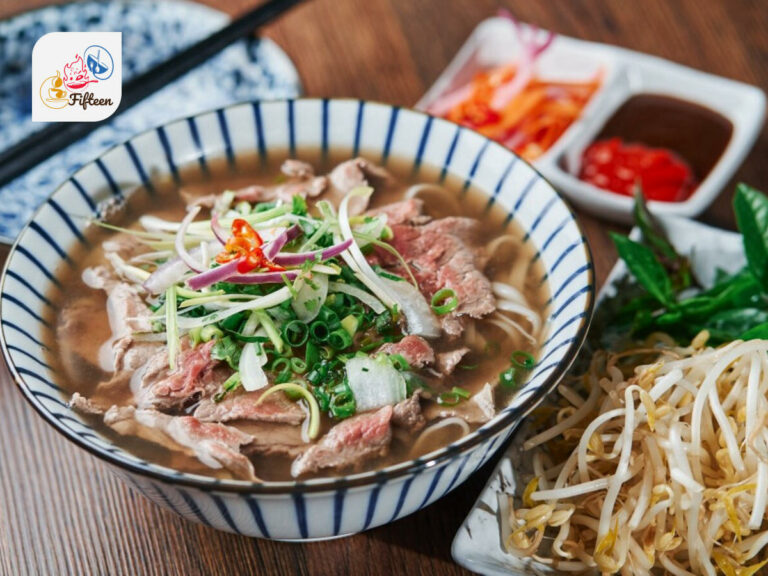
Phở
Phở is a traditional Vietnamese soup made with broth, rice noodles, and meat, usually beef or chicken. It is often garnished with bean sprouts, herbs (cilantro, basil), and onions.
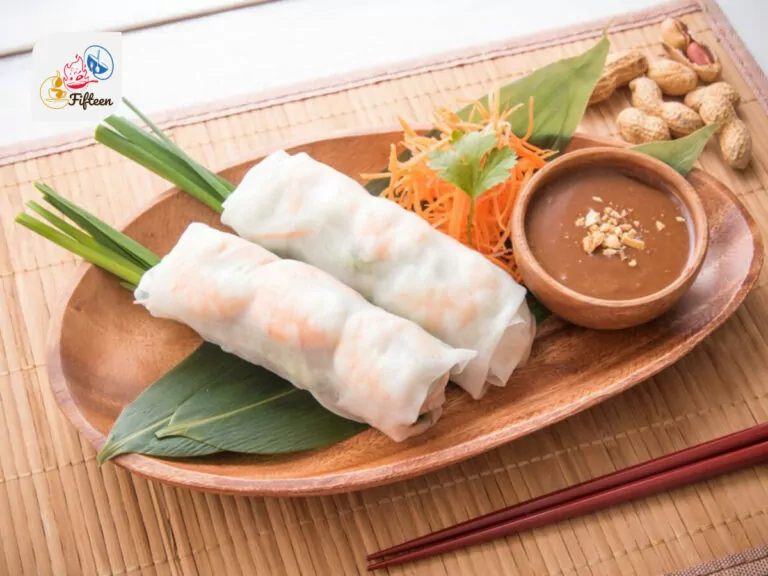
Gỏi Cuốn
Gỏi cuốn is Vietnamese fresh rolls packed with shrimp, pork, rice vermicelli, and a variety of vegetables like lettuce, cucumber, and bean sprouts, wrapped in rice paper.
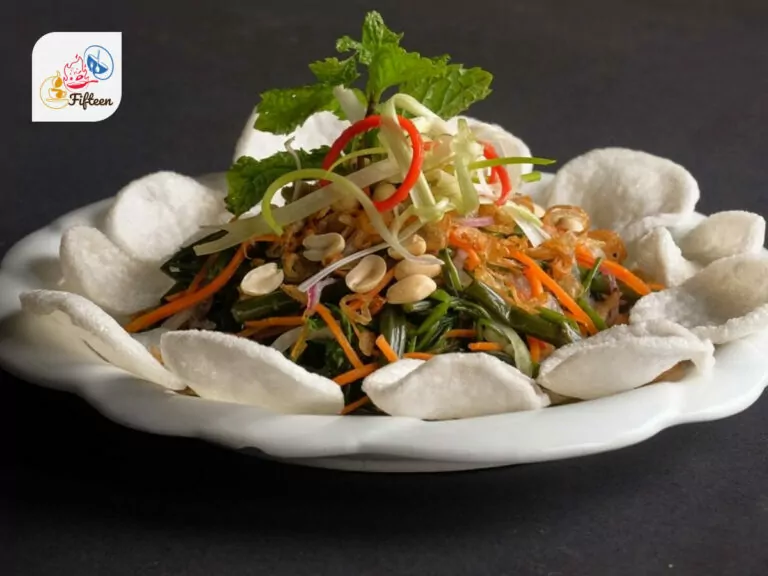
Gỏi
Gỏi is a category of Vietnamese salad that can include cabbage, lotus root, and a variety of herbs, tossed in a light, tangy dressing.
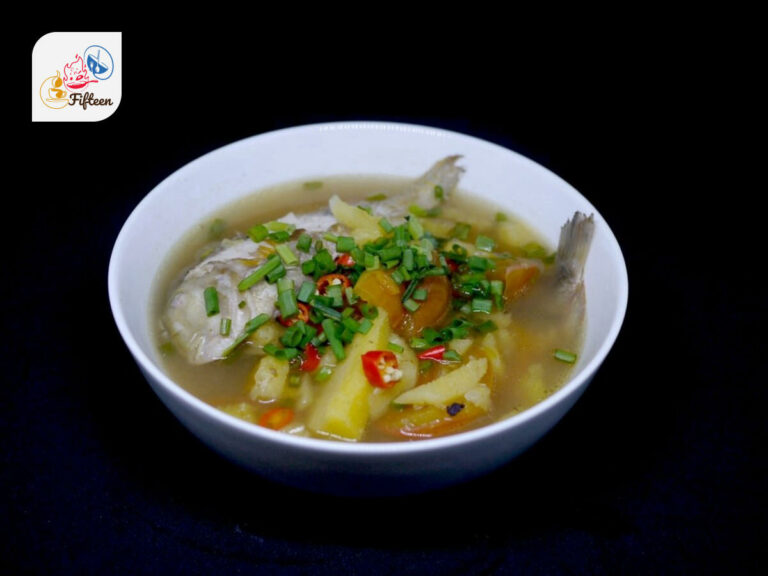
Canh Chua
Canh chua is a Vietnamese sour soup brightened with pineapple, tomatoes, and okra, typically garnished with fresh herbs like rice paddy herb, and cilantro.
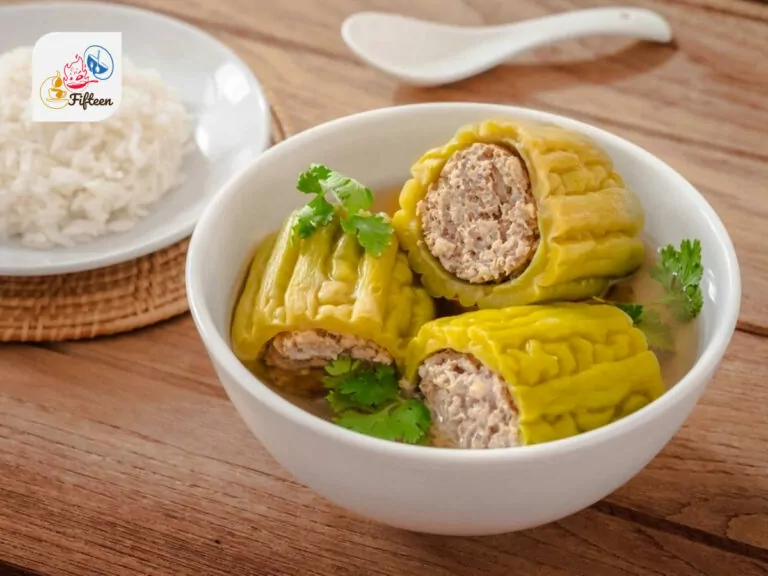
Canh Khổ Qua Nhồi Thịt
Canh khổ qua nhồi thịt is a comforting soup with bitter melon stuffed with minced pork, showcasing the unique taste of bitter melon.
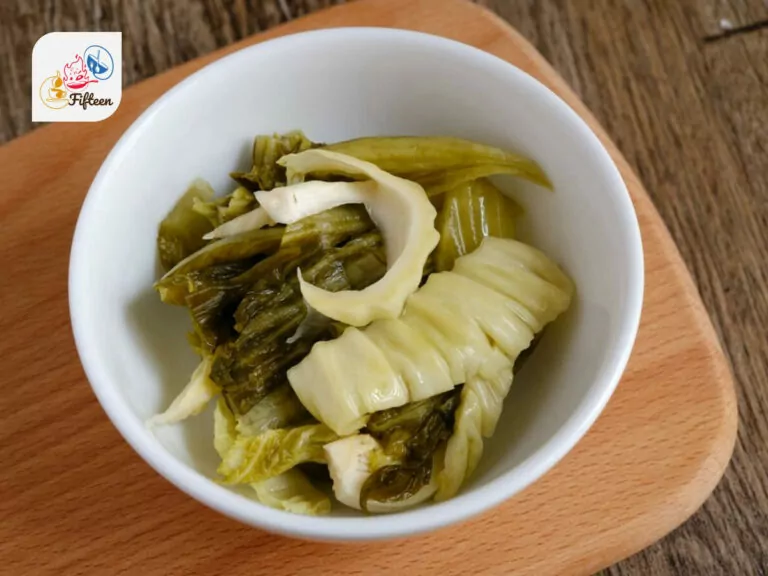
Dưa Cải Muối
Dưa cải muối is crunchy and tangy pickled mustard greens that serve as a refreshing side dish to many meals.
Check out the list – if your favorite dishes aren’t here, no worries! I’ve got lots of Vietnamese dishes to explore.
Next up, learn more about Vietnamese drinks that use vegetables!
What Are the Most Common Vietnamese Beverages Featuring Vegetables?
Below are three of the most acclaimed Vietnamese drinks that have vegetables as an ingredient:
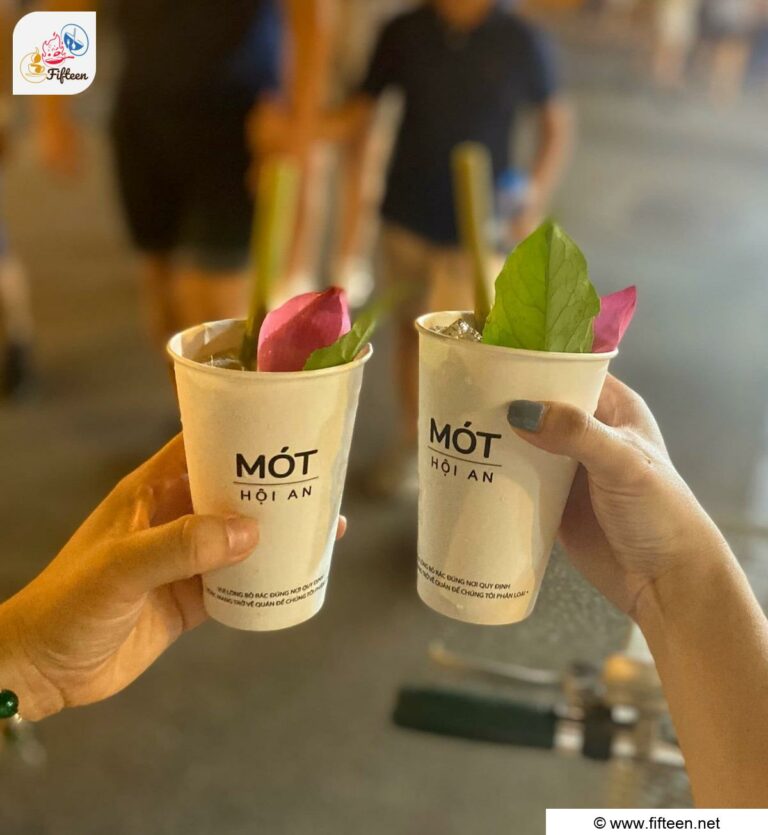
Nước Mót Hội An
Nước mót Hội An is a refreshing herbal drink from Hội An, featuring lemon, ginger, lemongrass, and chrysanthemum among its ingredients.
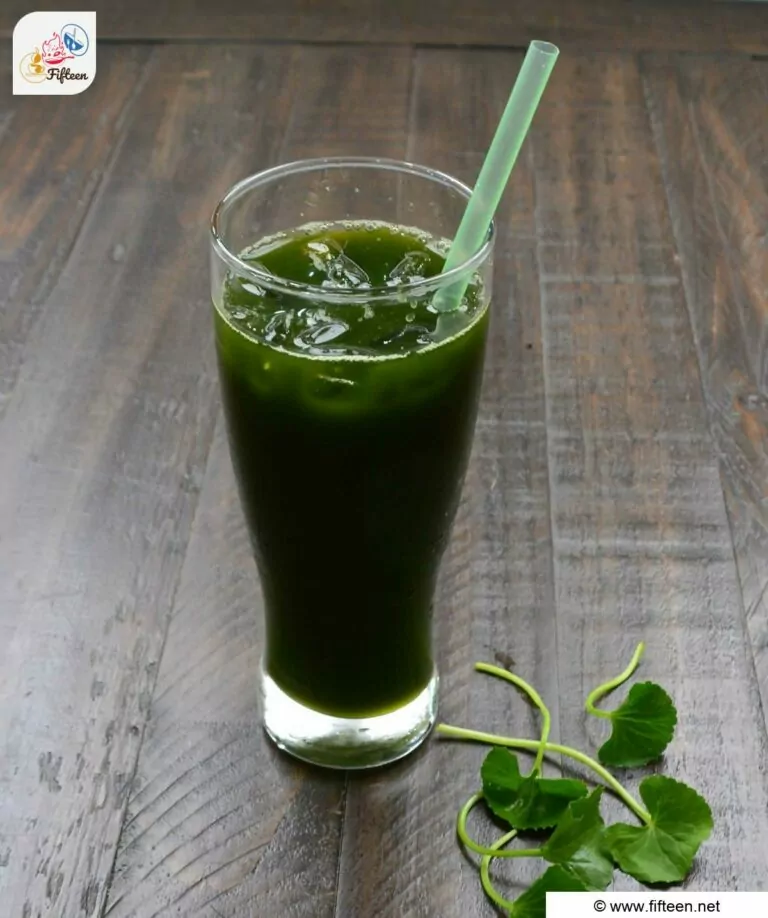
Nước Rau Má
Nước rau má is a Vietnamese drink made from the extract of the pennywort plant.
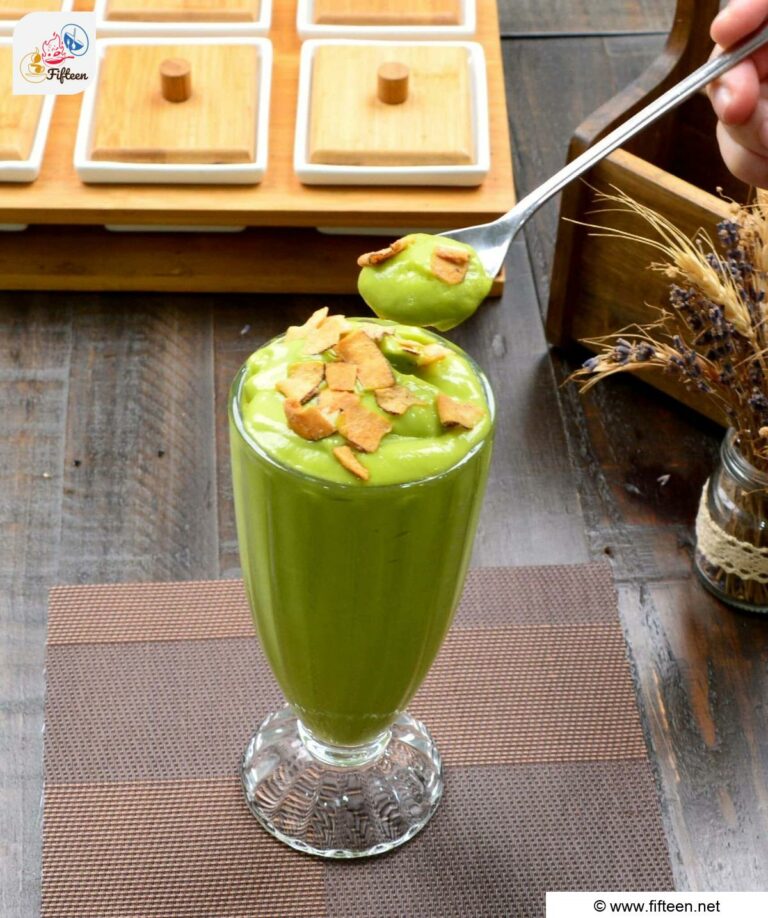
Sinh Tố
Sinh tố is a Vietnamese smoothie made with a blend of fresh fruits and sometimes vegetables like kale, often sweetened with condensed milk or sugar.
Looking for your favorite foods? There are more Vietnamese drinks to explore.
Also, take the chance to discover more about Vietnamese fruits!
What Are the Most Famous Vietnamese Fruits?
Below are 5 famous Vietnamese fruits for you to discover:
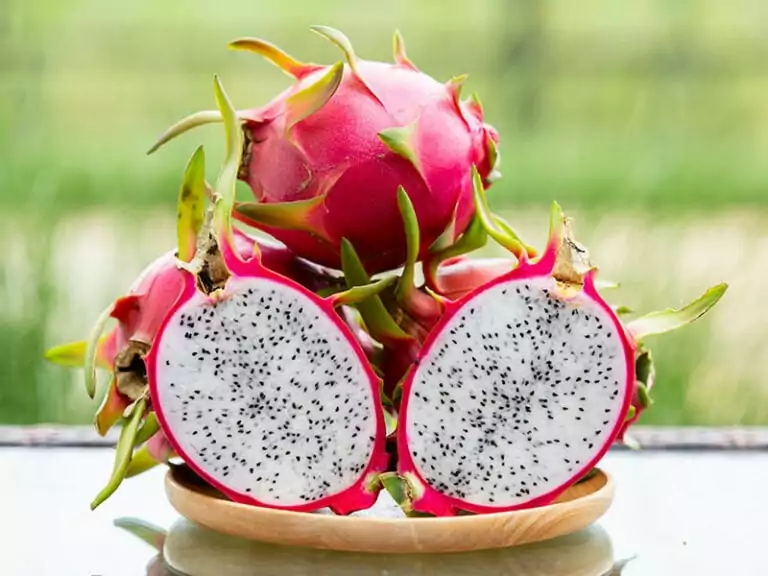
Dragon Fruit
Dragon fruit is a pink-skinned fruit with a mild, sweet pulp that is often used in salads, smoothies, and desserts in Vietnamese cuisine.
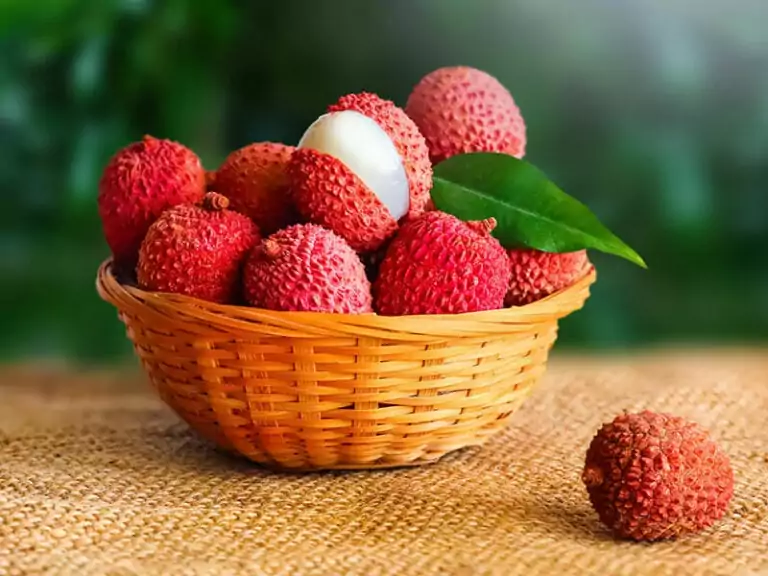
Lychee
Lychee is a small, round fruit with a sweet, floral taste and a fragrant aroma, encased in a rough, red outer skin.
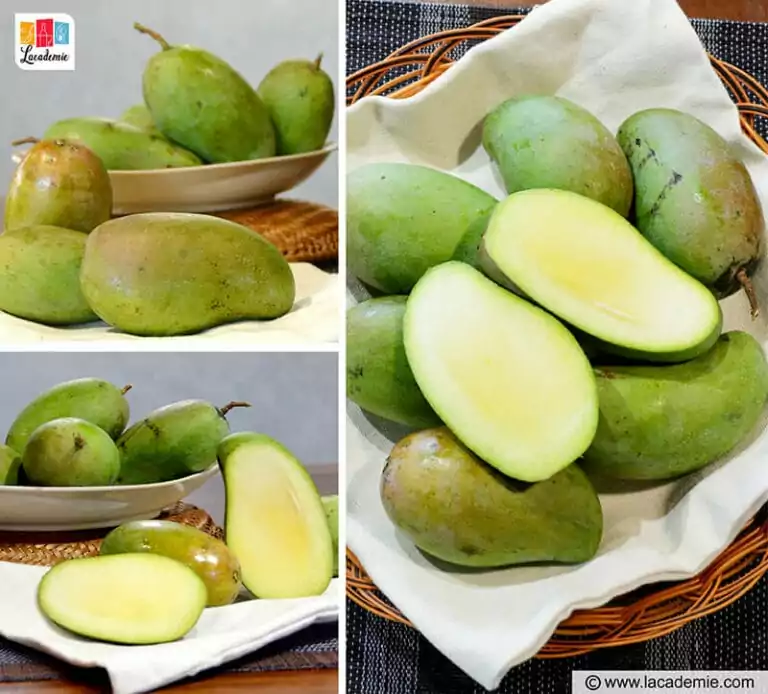
Mango
Mangoes in Vietnam vary in size and color but are universally loved for their rich, sweet, and sometimes tangy flavor. They are used in both sweet and savory dishes.
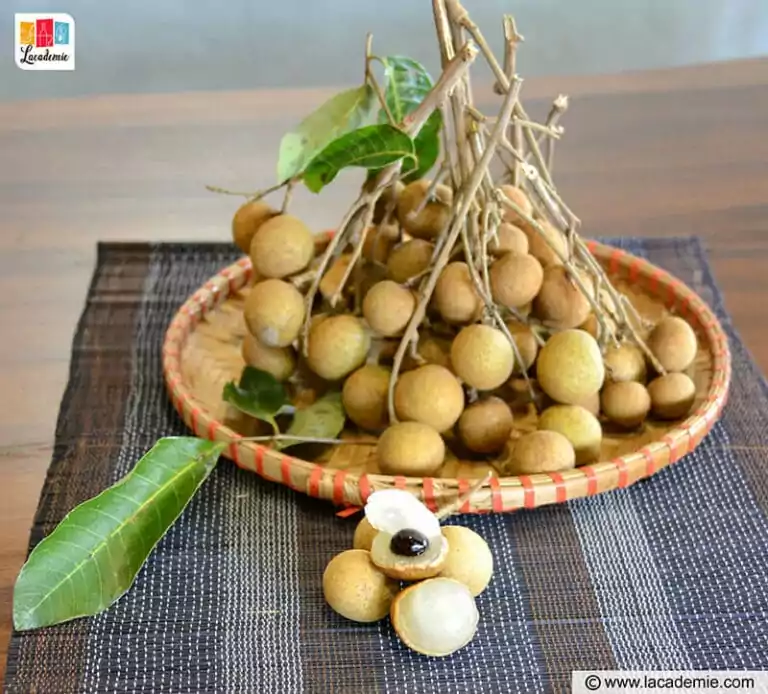
Longan
Longan is a close relative of the lychee, featuring translucent flesh with a sweet and floral flavor. It’s often eaten fresh, dried, or added to sweet soups.
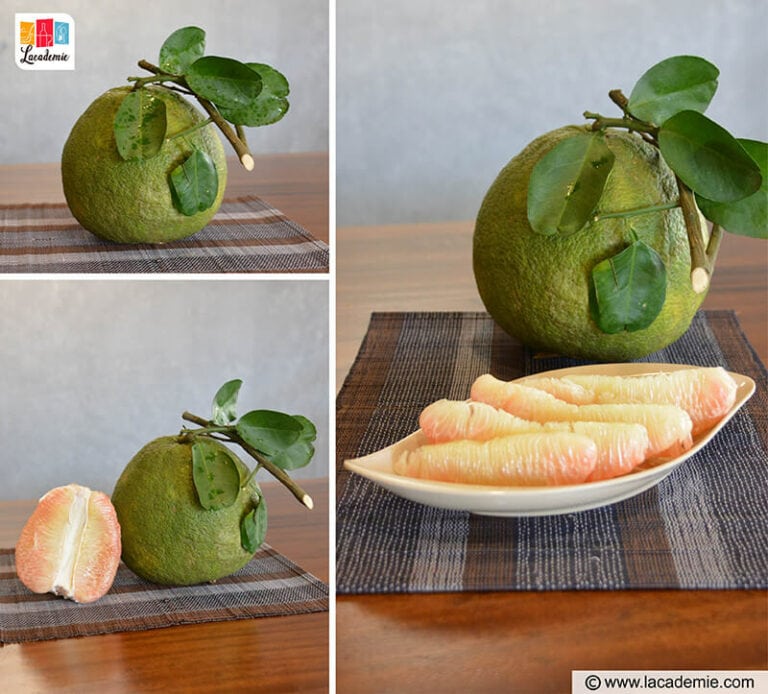
Pomelo
Pomelo is the largest citrus fruit, with a sweet and slightly tangy flavor. It is often used in salads, and desserts, and is also enjoyed fresh.
Here are just a few of the famous fruits you can find in Vietnam, but remember, there’s a whole bunch more to explore!
I’d be thrilled to hear about your favorite Vietnamese vegetables or any delightful treats you’ve tried featuring them! So, please don’t hesitate to share your thoughts, comments, or even a tempting recipe with me.
And if you enjoyed today’s flavorful adventure, be sure to like and share this post with fellow food enthusiasts. Let’s continue to revel in the amazing world of Vietnamese cuisine as a team!


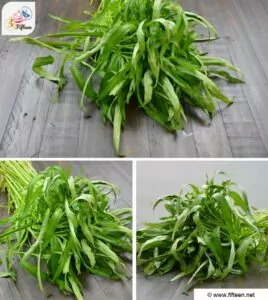
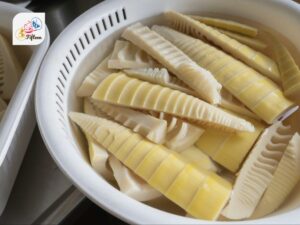
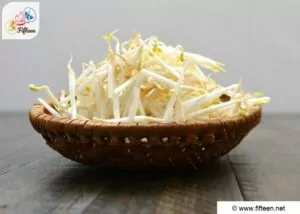
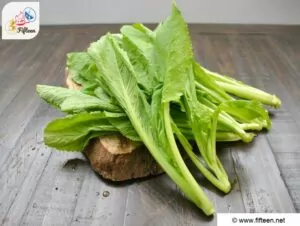
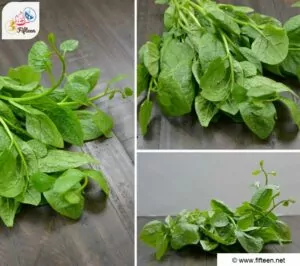
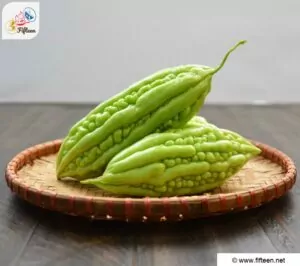
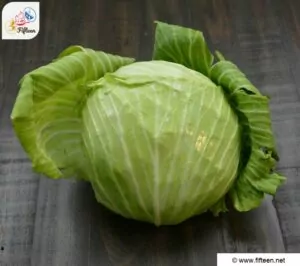
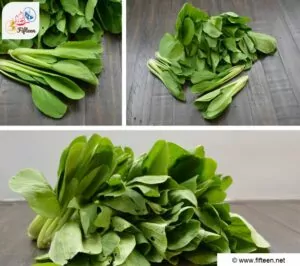
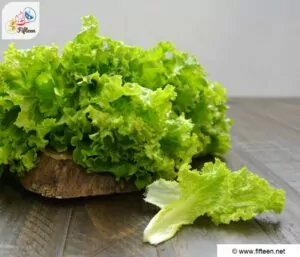
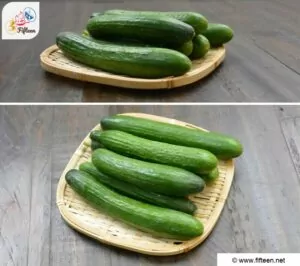
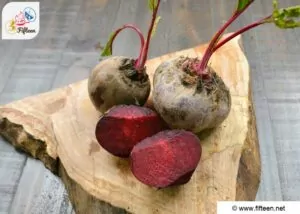
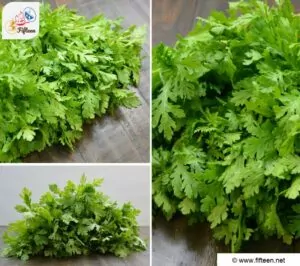
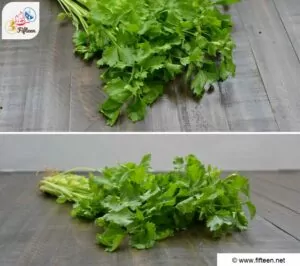
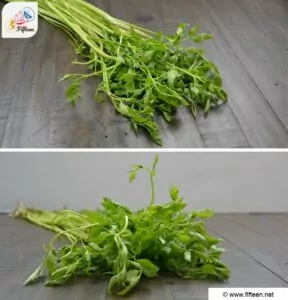
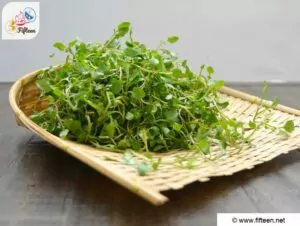
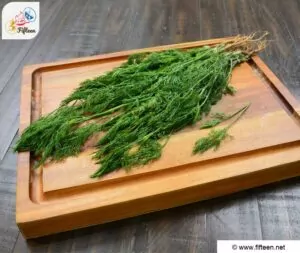
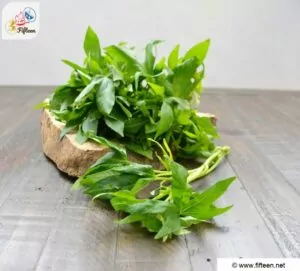
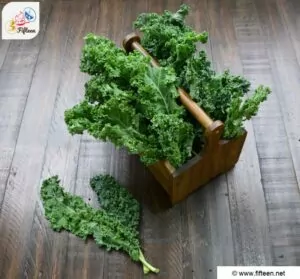
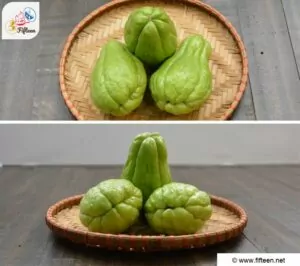

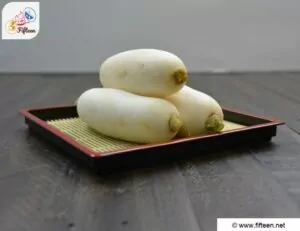
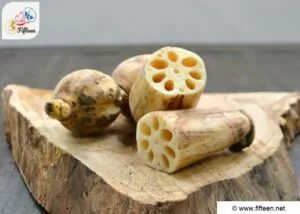
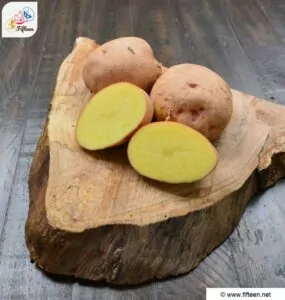
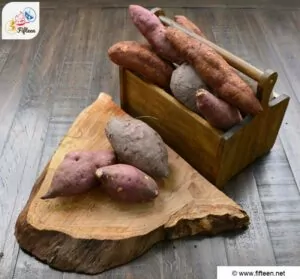
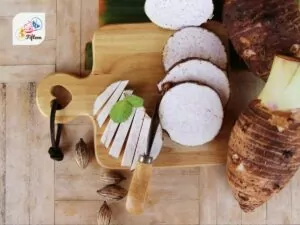
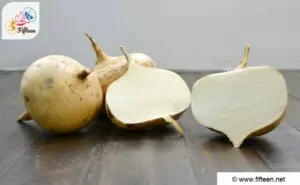
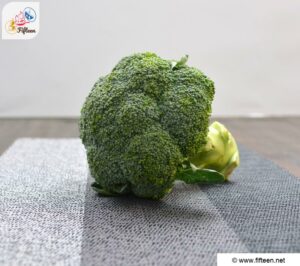
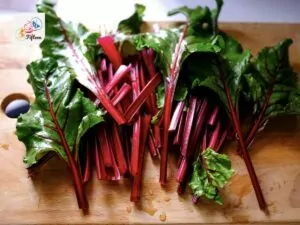
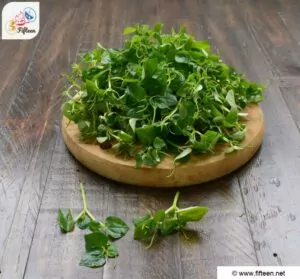
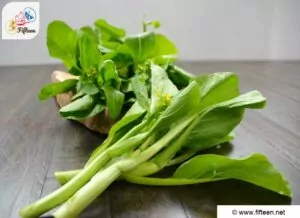
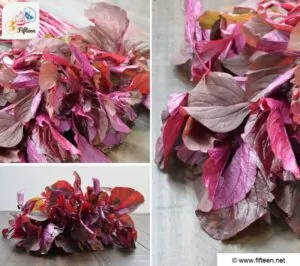
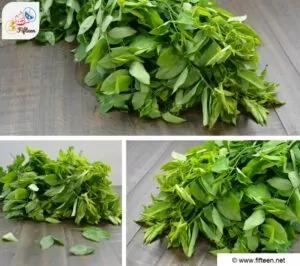
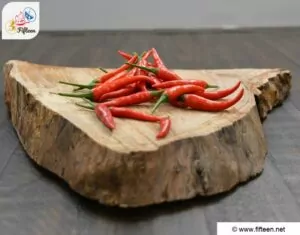
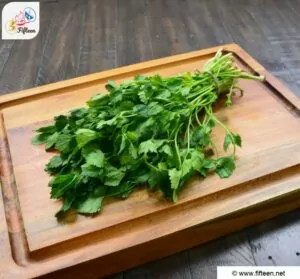
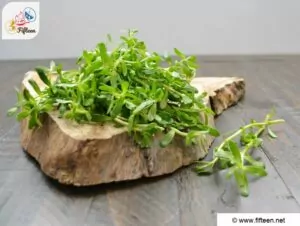
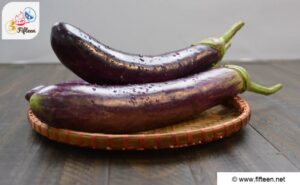
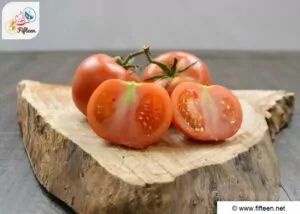
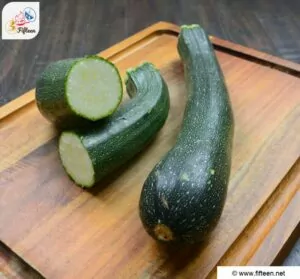
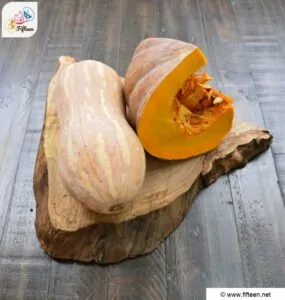
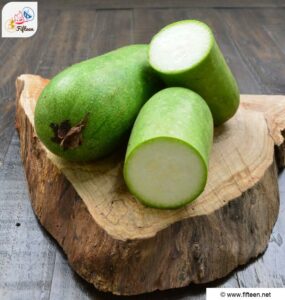
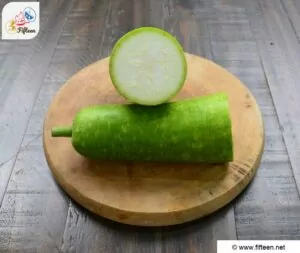
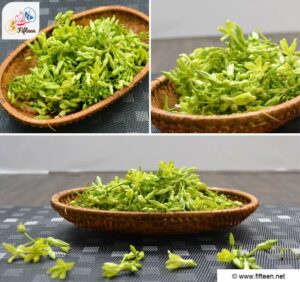
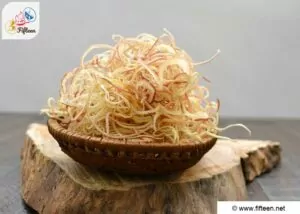
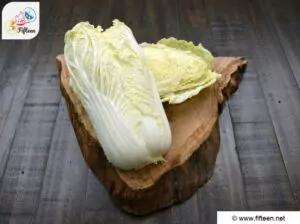
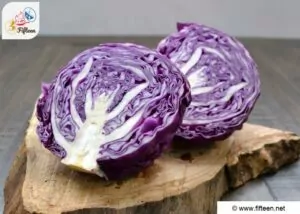
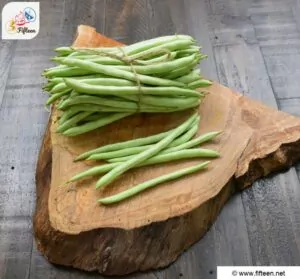
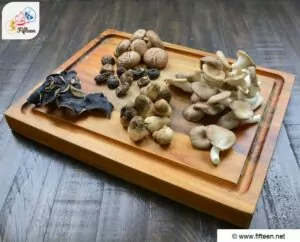
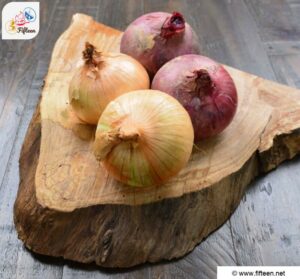
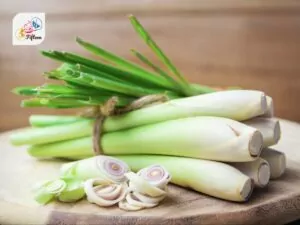
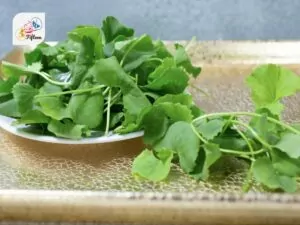
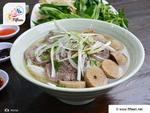
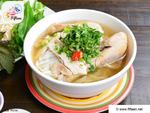
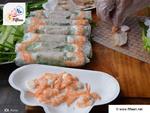

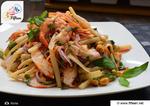
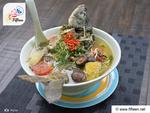
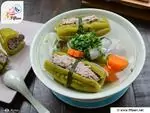
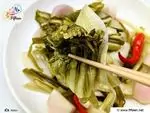
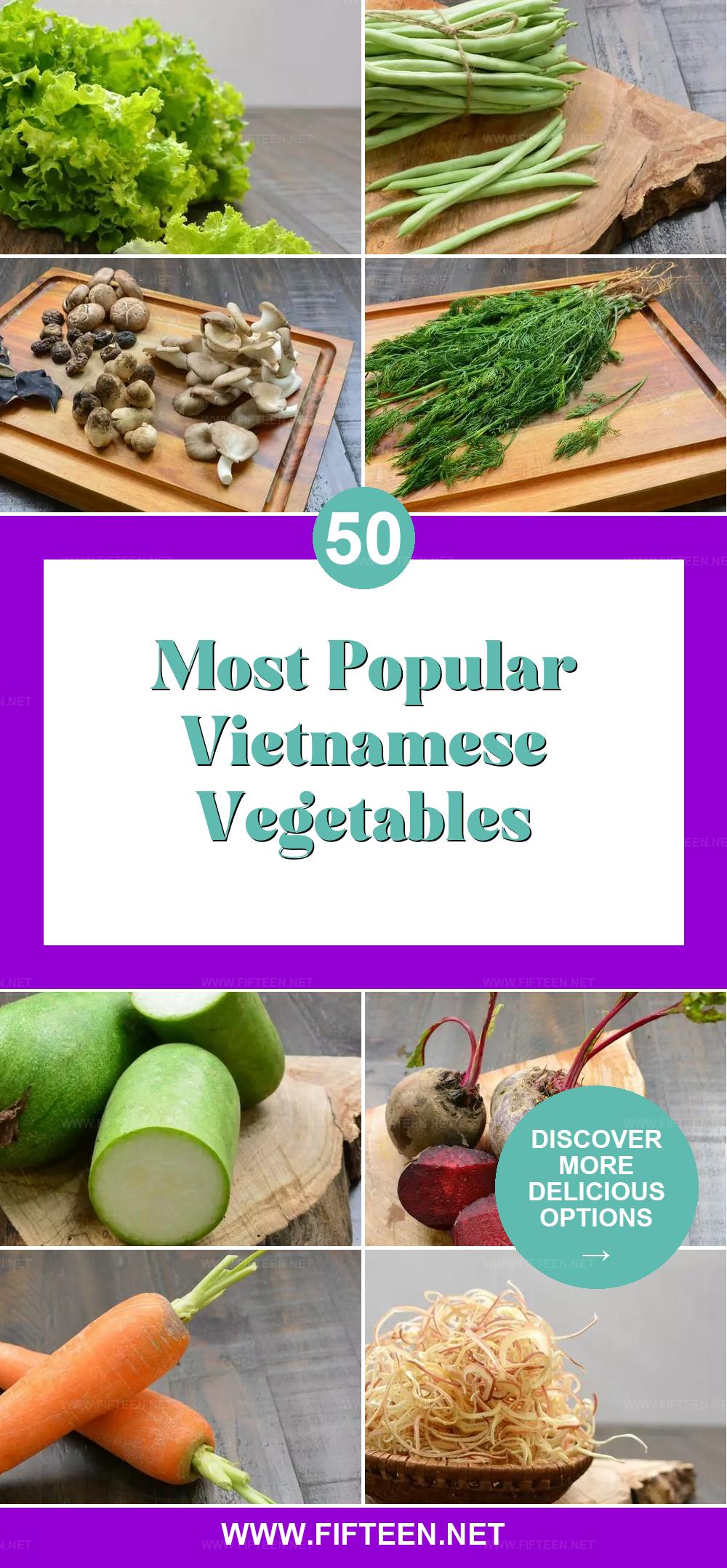
Jamie Scott
Editor in Chief, Senior Content Writer
Expertise
Home Cooking, Meal Planning, Recipe Development, Baking and Pastry, Food Editor, Cooking-video Maker, Western Food Evaluation Expert
Education
Le Cordon Bleu College of Culinary Arts
Local Community College, New York, NY
Jamie Scott is a skilled culinary expert and content creator specializing in Western cuisine. With over 15 years in the culinary field and formal training from Le Cordon Bleu, Paris, Jamie deeply understands how to blend nutrition with delicious flavors. His passion for cooking matches his commitment to making healthy eating accessible and enjoyable.
On Fifteen.net, Jamie brings a fresh perspective to classic dishes and beverages, offering readers insightful recipes, cooking tips, and a fresh view on meal planning that emphasizes taste, health, and simplicity.